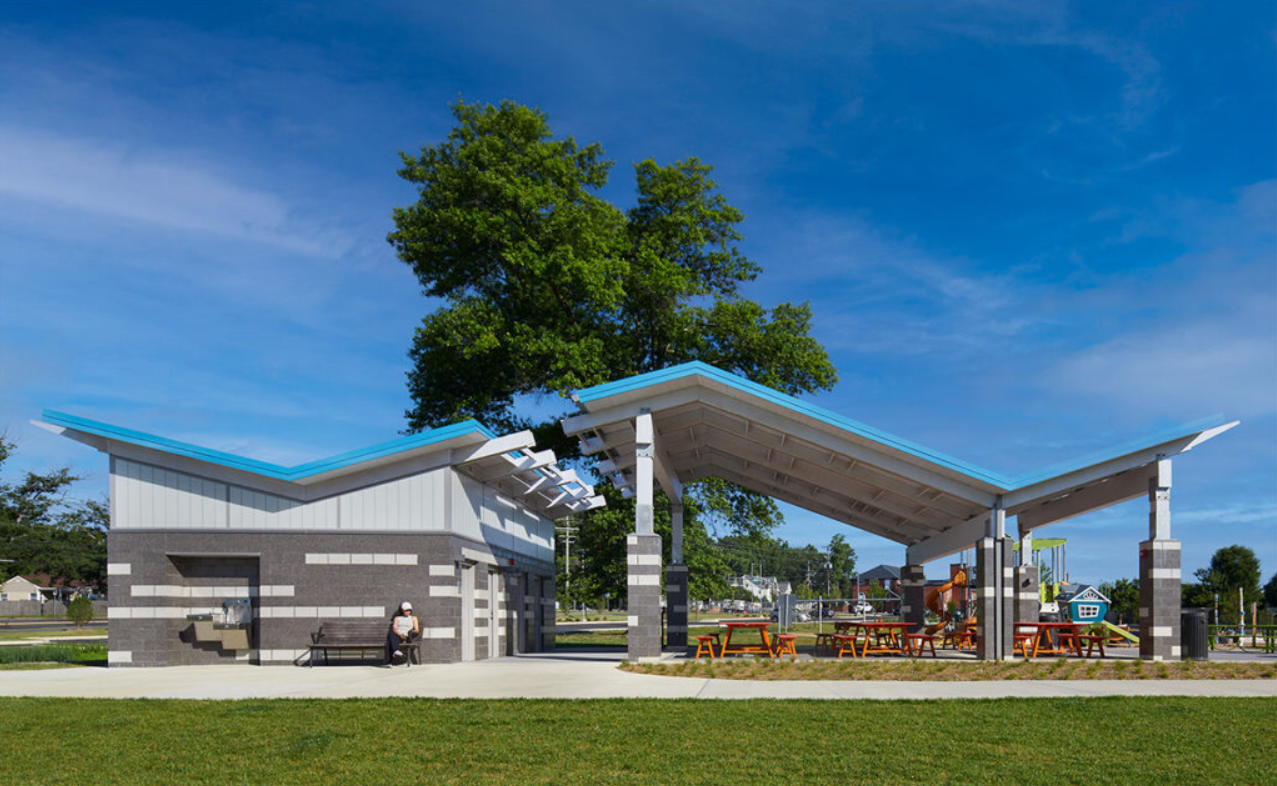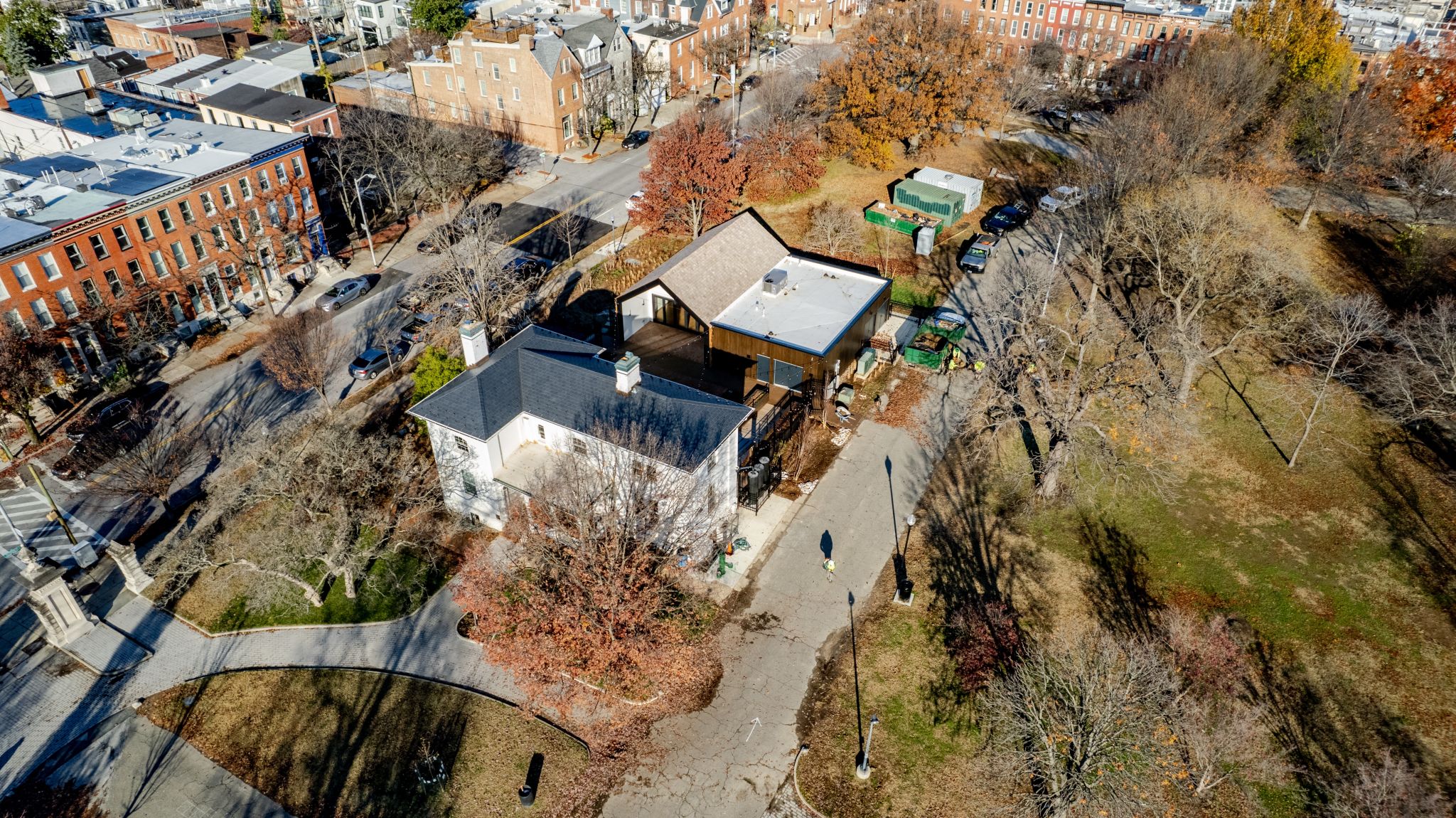DATE
News
Plans for Frisco’s Firefly Park Once Landed in the Trash. Now, the Project Forges Ahead.

Source: D Magazine by Audrey Henvey
Million-dollar townhomes, mid-rise luxury multifamily, a 190-key Dream Hotel, and more mixed-use properties are on the way. The first phase is slated to open in 2027.

Kyle Wilks points at an expanse of muddy land etched with tire tracks and curb cuts. Within the plot, he paints a verbal picture of how he envisions north Frisco’s future. Donning a canvas cowboy hat and with a blue pen in hand, he identifies where key landmarks will be someday. He sees a central plaza, several high-end restaurants that will complement a 45-acre amenity-rich park, and a highly anticipated Dream Hotel.
The coveted land is in a state of metamorphosis. The roughly 160-acre site has become a golden scape of opportunity since being acquired by project developer Wilks Development almost a decade ago. Surrounded by U.S. 380, the Dallas North Tollway, and PGA Parkway, the property is nestled in a larger puzzle of key developments that are slated to shape both northern Frisco and the DFW region.
When the land was bought in 2015, Wilks says he knew that growth was on the horizon. However, there was no way to predict that the PGA of America would take root down the road and bring an Omni hotel with it. There was no forecast for a Universal Studios theme park sprouting just one exit down the tollway. And plans for the sprawling Fields development had yet to be determined. Add to that a few other factors, like the TaylorMade luxury golf concept being built next door, the under-construction Baylor Scott & White hospital on the other side of the tollway, and the rapid growth of nearby Prosper ISD, and there emerges a puzzle wherein Firefly Park finds itself as a possible cornerstone in a new age for the neighborhood.
“Because of the landowners that are in this North Frisco area, it’s really given us a lot of confidence to play the long game, to build at the highest quality, to build taller, and to bet bigger,” says Wilks, CEO of Wilks Development.
At Firefly Park, Wilks envisions million-dollar townhomes, mid-rise luxury multifamily, a 190-key Dream Hotel with attached office, a central plaza, a 45-acre highly amenity-rich park with complimentary restaurant and retail space, an amphitheater, hike and bike trails, a chain of ponds, and more.
Phase one plans include 168,000 square feet of retail space, a high-rise product featuring 251 multifamily units and 28,000 square feet of retail, and a mid-rise product featuring 198 multifamily units. Plans for a Dream Hotel outline that will be 191 rooms and set on top of 150,000 square feet of office space, a development that Wilks says will leverage the philosophy of combining office and hospitality concepts. “Our office will be built for somebody who really sees value in being part of the social fabric of a greater development and that really wants to incentivize their employees to not only work at the office, but enjoy that time,” Wilks says.

Most of the first phase of development is expected to run along Fireglass Way, a thoroughfare that Wilks envisions will be the heart of a more active urban environment and that will be counterbalanced by the adjacent park.
Overall plans today allow for up to 3 million square feet of office space, 2,200 residential units and up to 1,200 hospitality rooms. “Like most things, the market will adjust those numbers up and down as development happens, but we feel like this is a very urban area, very vertical area, and ultimately, very dense,” says Wilks, who adds that the area will likely resemble the intersection of the Dallas North Tollway and State Highway 121.
There’s a kind of poetry to the fact that six years ago, initial plans for the development landed in the Frisco mayor’s trash can.
When Wilks Development acquired the land, approved documents in 2012 cited plans for big-box retail and residential units packed in like “army barracks,” Wilks says. Wilks’ team made improvements, adding more space, but maintained a plan that turned vertical development toward roadways and that put back-of-house operations towards the floodplain.
Wilks walked into Frisco Mayor Jeff Cheney’s office to present his plan in 2018. “To his credit, [Cheney] listened patiently,” Wilks recalls. “Didn’t say a lot, but when he did speak, he made it very clear he did not approve. He took our plan and said, ‘Hey guys, I get it, but this plan is terrible. And you turned your back on the most beautiful piece of the whole property. You have to engage here, or you’re never going to get anything built in our town.’”
Cheney—who recalls the “121 battle” with Plano to secure Stonebriar Mall as an economic engine—saw similar writing on the wall for the development of the tollway’s intersection with U.S. 380. He’d also seen examples of development in Frisco that had missed an opportunity to feature natural floodplain. “I said it nicely,” Cheney notes, “but it was, ‘Hey, we’ve learned from our mistakes. We have a high standard here in Frisco. Anytime there’s a natural feature—floodplain, open space, we’re going to push our developers really hard to make sure that they maximize that.’ And I will say to their credit, they took that advice to heart.”
Cheney took things a step further and put the plans in his trash can. It’s a story both recall with a chuckle. “We could have taken that two ways,” Wilks says. “We chose to take it the good way.” The team went back to the drawing board. There were other players interested in buying the property, and the team considered the opportunity for a bit.

“But at the end of the day, we decided that, no, this is a legacy property, this thing needs to be done, right,” Wilks says. So, they assembled a new team, compiling Boka Powell, Boston-based Sasaki, Hord Coplan Macht, Kimley Horn, UNStudio, and Michael Hsu Office of Architecture to help out. By 2021, the development was once again pursuing an entitlement process, this time with a new and improved plan—one that made a 45-acre park the “soul of the project” and that would orient restaurant and retail space toward the natural amenity.
The result: Firefly Park got the green light from the city in April. “Those are the kinds of decisions that a council makes, or the developer makes that really changes an area for a generation,” Cheney says. “What would have been a nice development is certainly now a world class, regional-type destination that Frisco is starting to become known for.”
Firefly Park is projecting vertical construction as part of the first phase in mid-2025 with an opening slated for early 2027. “In some ways, it’s ambitious,” Wilks notes. “But ambition in context is variable. So if you think about Frisco, it doesn’t seem ambitious for Frisco. Any other place in America, it would be ambitious. But we don’t believe it’s ambitious here, just because of all of the great things that are happening—not only in the city—but in the cities like Prosper, Celina, and this whole area.”













